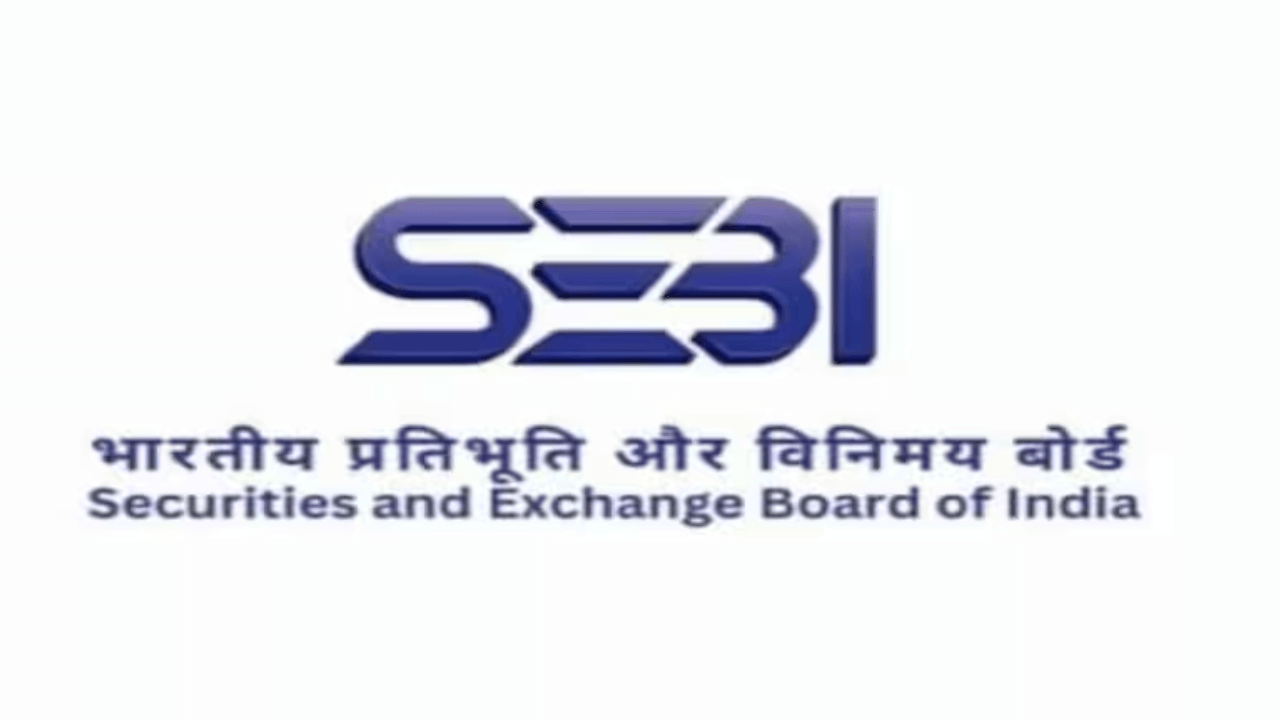SEBI has recently announced the implementation of the Legal Entity Identifier (LEI) system for issuers who have listed or are going to list non-convertible securities, securitized debt instruments, and security receipts. The LEI system is a unique global identifier for legal entities involved in financial transactions that seek to create a global reference data system that uniquely identifies every legal entity that is a party to a financial transaction.
More about the News
- SEBI has introduced the LEI system, a unique global identifier for legal entities participating in financial transactions.
- Issuers proposing to list or having outstanding municipal debt securities will have their requirement for LEI specified later by SEBI.
- The RBI mandates non-individual borrowers with an aggregate exposure of over Rs 25 crore to obtain the LEI code.
- Issuers having outstanding listed non-convertible securities, securitized debt instruments, and security receipts must obtain and report their LEI code to the centralized database of corporate bonds and depositories by September 1.
- Legal Entity Identifier India Ltd, a subsidiary of the Clearing Corporation of India Ltd, is authorized to issue and manage LEI codes in India.
- The depositories are responsible for mapping the LEI code provided by the issuers with the ISIN at the time of activation of the ISIN for future issuances, with a deadline of September 30.
- The LEI system will ensure greater transparency and better risk management in the financial markets.
- The LEI system will also prevent fraud and financial crimes by properly identifying and verifying legal entities participating in financial transactions.
What is Legal Entity Identifier (LEI)?
- To identify legally distinct entities that engage in financial transactions, a 20-character code called LEI code is used.
- It is intended to serve as a unique global identifier for legal entities involved in financial transactions.
- The LEI system is instrumental in enhancing transparency in financial markets and lowering systemic risk by establishing a complete and standardized database of legal entity information.
About SEBI
- SEBI stands for Securities and Exchange Board of India. It is the regulator of the securities market in India.
- It was established in 1988 and was given statutory powers on April 12, 1992, under the Securities and Exchange Board of India (SEBI) Act, 1992.
- The act was passed by the Parliament of India to regulate the securities market and protect the interests of investors in securities and promote the development of the securities market.
- It is owned by the Ministry of Finance, Government of India, but functions as an autonomous body with its own governing board.
- The SEBI has a three-tiered structure consisting of a chairman, six whole-time members, and five part-time members appointed by the central government.
- Current SEBI Chairman – Madhabi Puri Buch (Since February 2022)
- She is the first woman chairperson of the SEBI.
Functions and Powers of SEBI
- Regulates the securities market in India and ensures the protection of investors’ interests.
- Regulates and monitors the working of stockbrokers, sub-brokers, portfolio managers, and other market intermediaries.
- Conducts inspections, audits, and investigations of companies and market intermediaries to detect fraudulent and unfair trade practices.
- Regulates the issuance and trading of securities such as shares, debentures, bonds, and mutual funds.
- Develops guidelines and rules for the functioning of stock exchanges and other market intermediaries.
- Promotes investor education and awareness through seminars, workshops, and other programs.
- Has the power to impose penalties and take legal action against companies and market intermediaries for violating securities laws and regulations.
- Collaborates with other regulators and organizations in India and abroad to promote the development of the securities market.
SEBI plays a crucial role in maintaining the integrity and transparency of the securities market in India, and its actions and regulations have a significant impact on the Indian economy.
- 3 August Current Affairs 2023 in English
- MoU Between Subroto Mukerjee Sports and Education Society and All India Football Federation (AIFF) to Promote Football at Grassroot Level
- Dr. Mansukh Mandaviya Delivers Keynote Address at the 13th Indian Organ Donation Day ceremony
- Education Ministry Forms Expert Panel on Anti-Discrimination in Higher Education
- Concerns Arise Over Cheetah Deaths at Kuno National Park
FAQs
What is the full form of LEI?
LEI stands for Legal Entity Identifier. It is a unique identification code assigned to legal entities participating in financial transactions. The LEI is a 20-character alphanumeric code that uniquely identifies each legal entity that is a party to a financial transaction. The LEI system was introduced to create a global reference data system that uniquely identifies every legal entity that is a party to a financial transaction, regardless of the jurisdiction in which the transaction occurs.
Is SEBI a Government body?
Yes, SEBI is a government body in India. It is a statutory regulatory body established under the Securities and Exchange Board of India Act, 1992, and is headquartered in Mumbai. The Government of India exercises control over SEBI through the Ministry of Finance. However, SEBI operates independently and has been granted significant autonomy in its functioning to ensure impartial regulation of India’s securities market.
